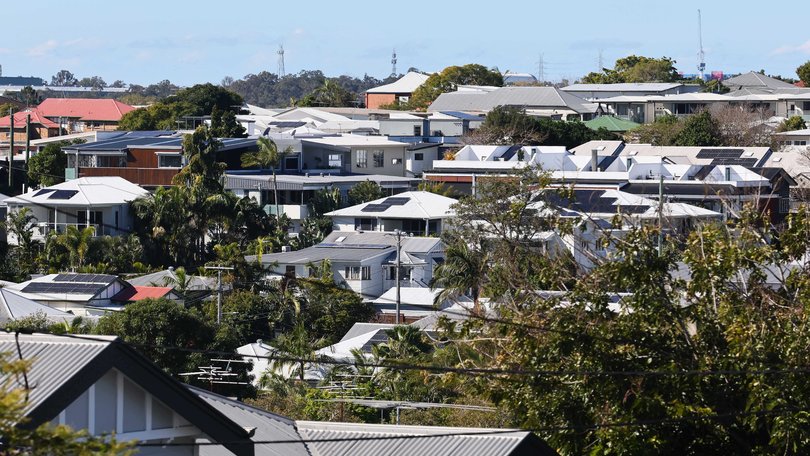Oxford Economics: Lower interest rates, first-homebuyer incentives set up rise in Australian property prices

Lower interest rates, real wage growth, limited stock and first-homebuyer incentives are setting up a strong year for Australian residential property prices.
That is according to economists at Oxford Economics Australia, which forecasts total dwelling starts — or the number of new properties under construction — to rise a cumulative 30 per cent to 239,800 over the four years to the 2030 financial year.
The total cost of construction is anticipated to climb 20 per cent over the next four years, reaching a record of just over $190 billion.
Sign up to The Nightly's newsletters.
Get the first look at the digital newspaper, curated daily stories and breaking headlines delivered to your inbox.
By continuing you agree to our Terms and Privacy Policy.Oxford Economics construction and property forecasting senior economist Maree Kilroy said units, especially at the more affordable end of the market, were poised for significant growth.
“Living-sector assets, including student accommodation, build-to-rent, retirement and land-lease are all firing,” she said.
Ms Kilroy said social and affordable housing was also getting a major boost from the national housing accord, an initiative aimed at building 1.2 million new homes in five years.
With four years to go, the industry is tracking to fall short by 262,000 homes, the Property Council of Australia said in July.
“Nonetheless, typical mass-market house-and-land packages and infill apartment development is where most of the heavy lifting will need to be done to meet housing targets,” Ms Kilroy said.
WA led the nation in increases in median home price last quarter, boosted by three interest-rate cuts and limited stock.
Prices were up $20,200 to $897,500 between March and June, according to the Australian Bureau of Statistics.
Oxford Economics economists on Monday is set to release some of its key findings ahead of its bi-annual economic outlook conferences, taking place over the next two weeks.
It said with the Reserve Bank of Australia close to declaring victory in its fight against inflation, the central bank would “get a wriggle on” with rate cuts.
It expects one more rate cut this year, followed by a final cut in the first quarter of 2026, taking the cash rate to 3.1 per cent, where it is expected to hold.
Those cuts will help the economy gradually gain momentum, with growth of 1.7 per cent this year and 2.1 per cent in 2026.
Additionally, the economists said Australia’s relatively low tariff rate meant most industries were expected to see a rise in exports over the next few years, with beef a standout winner.

